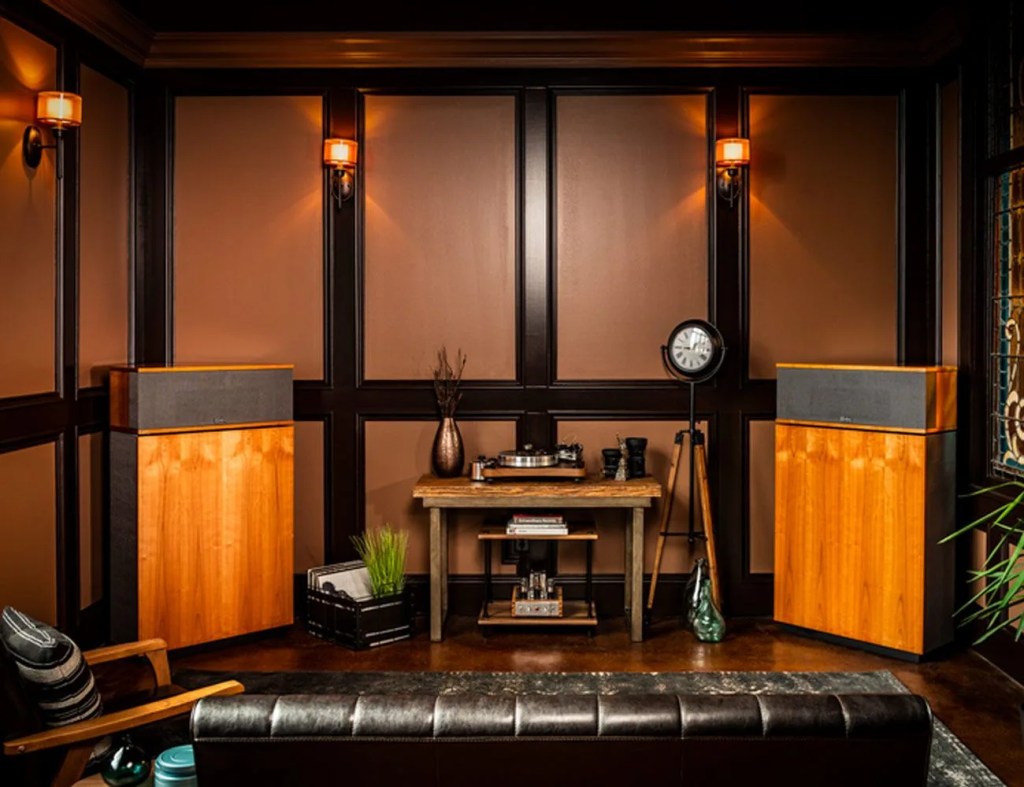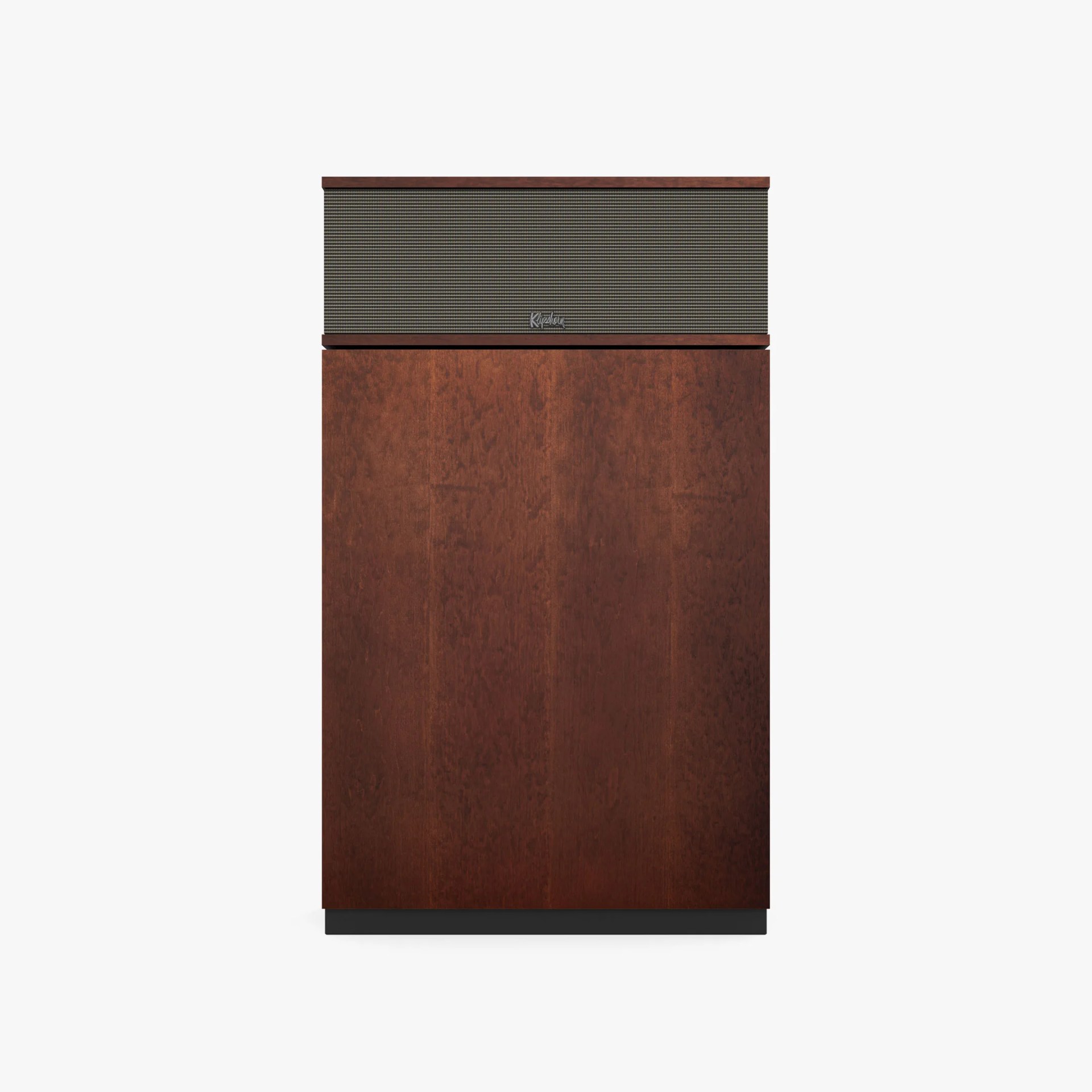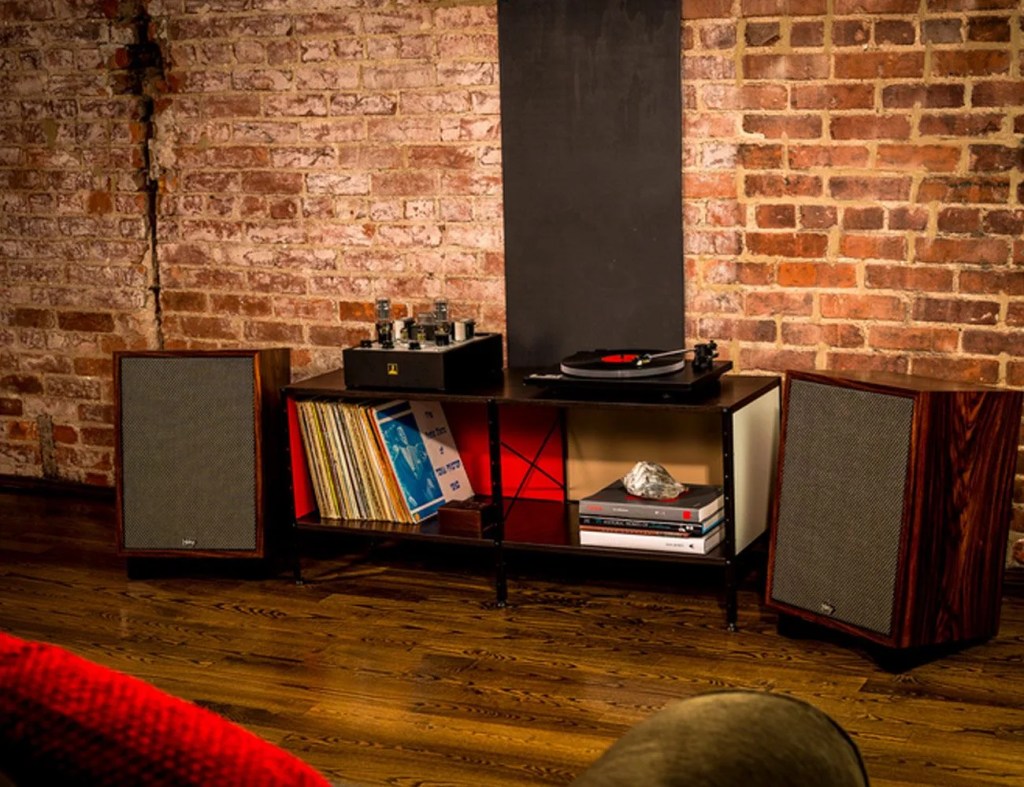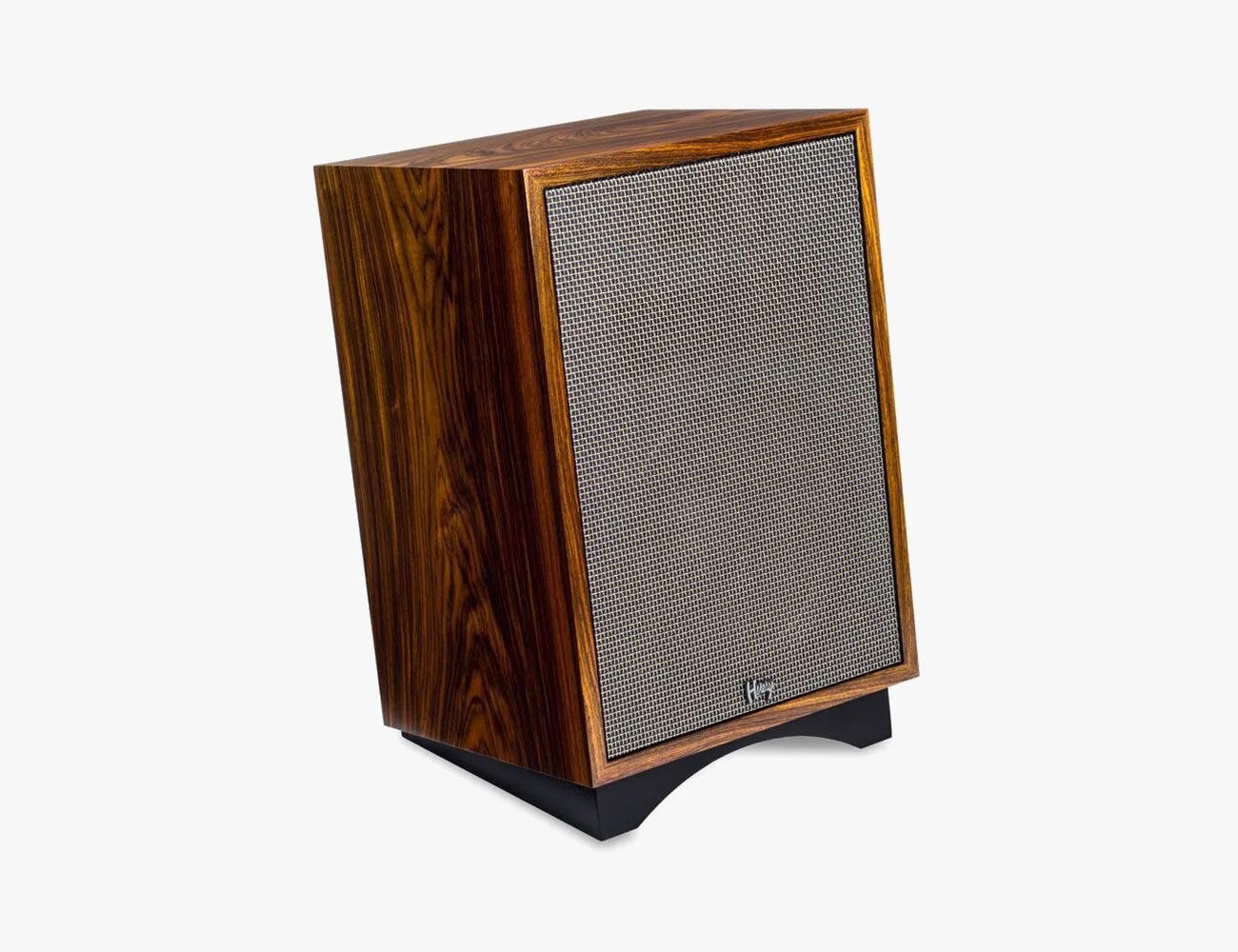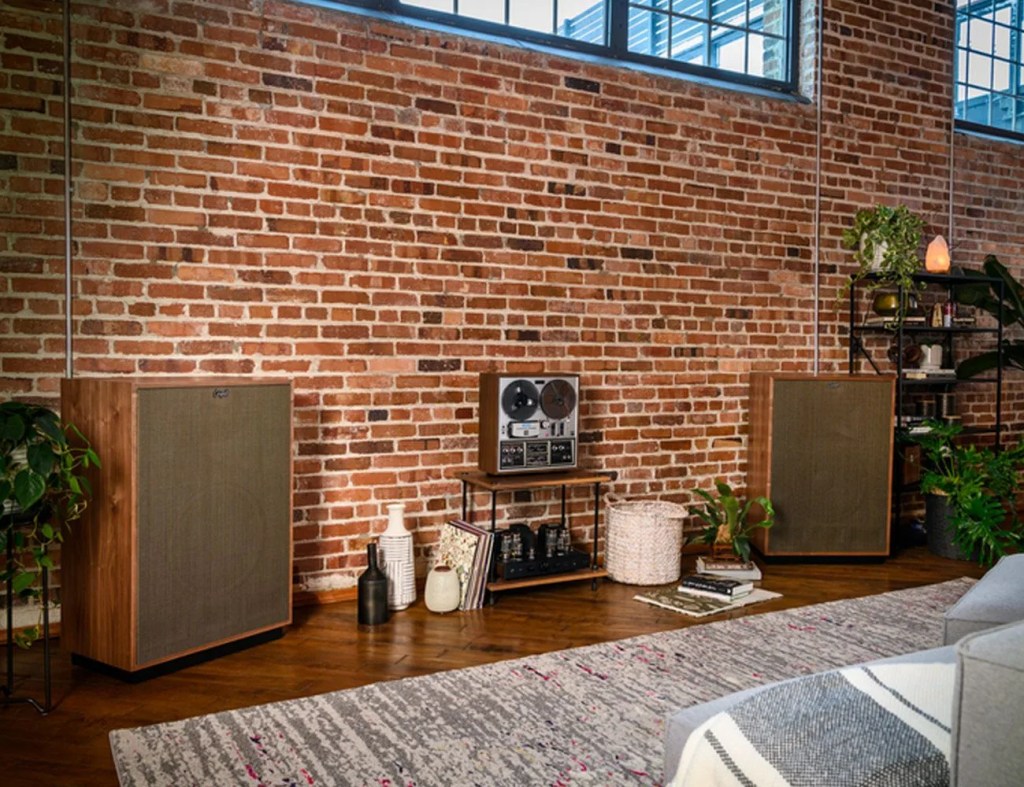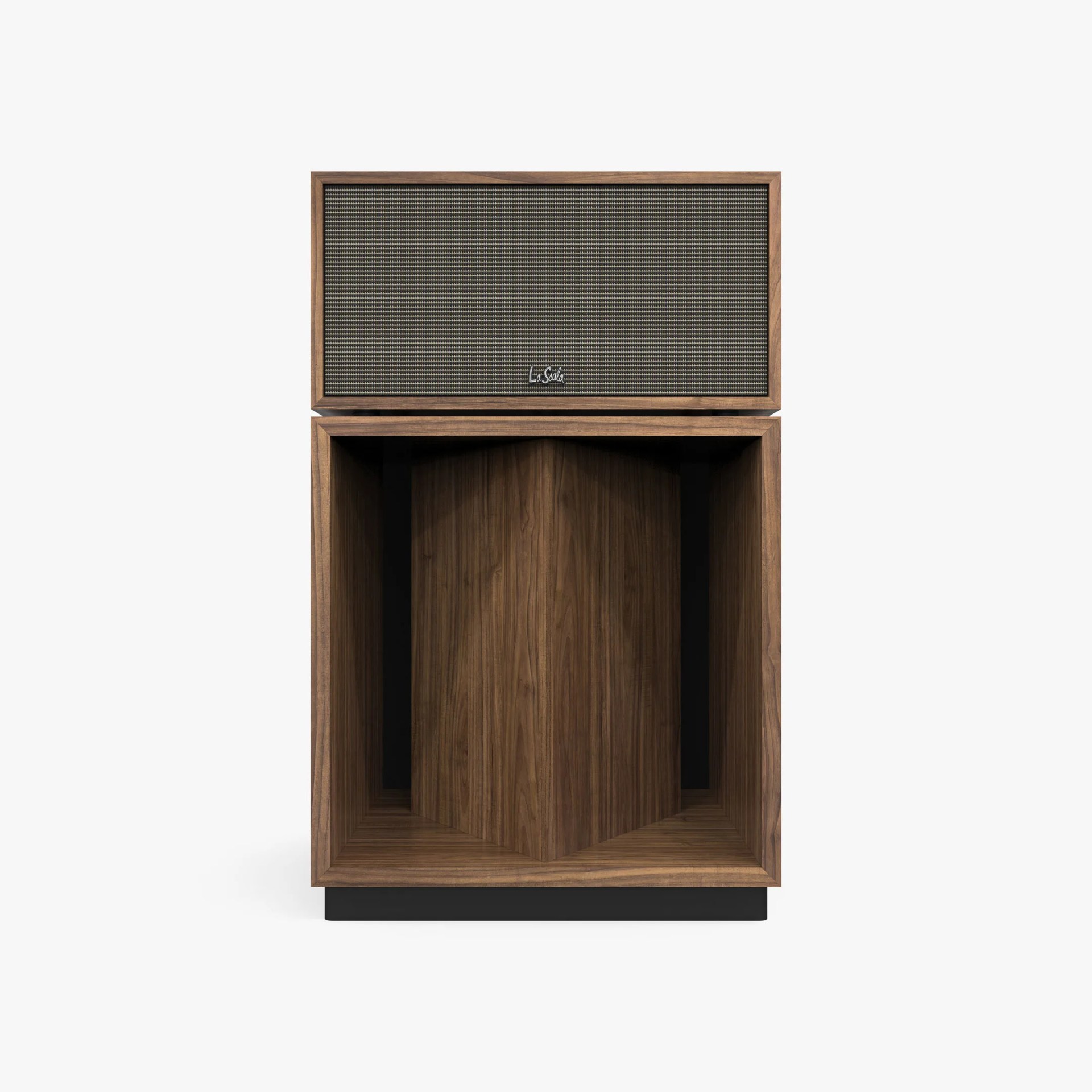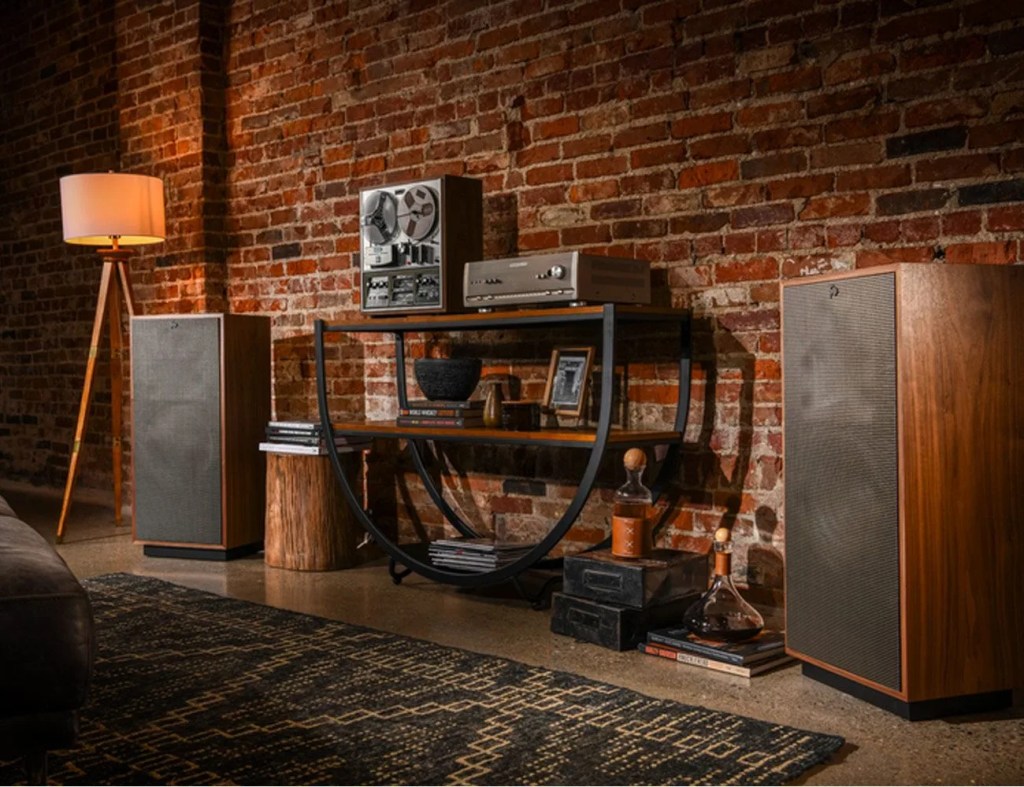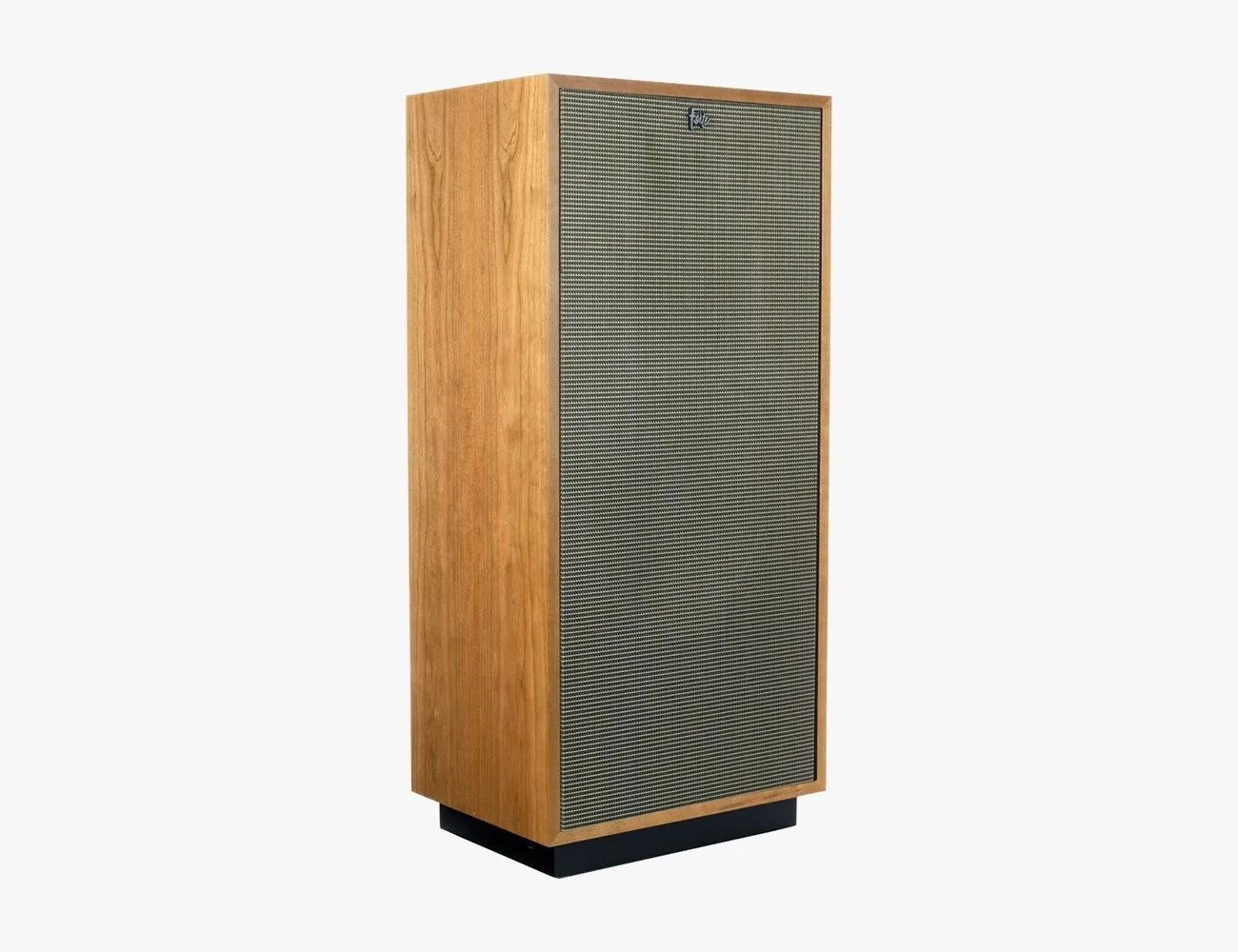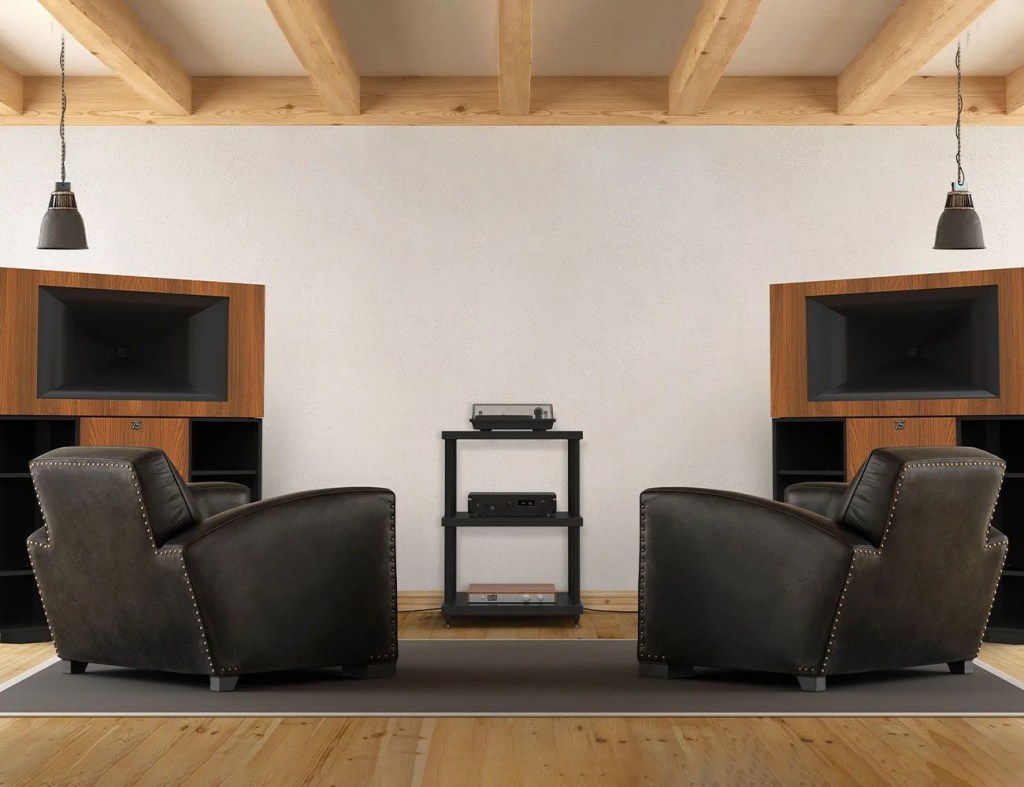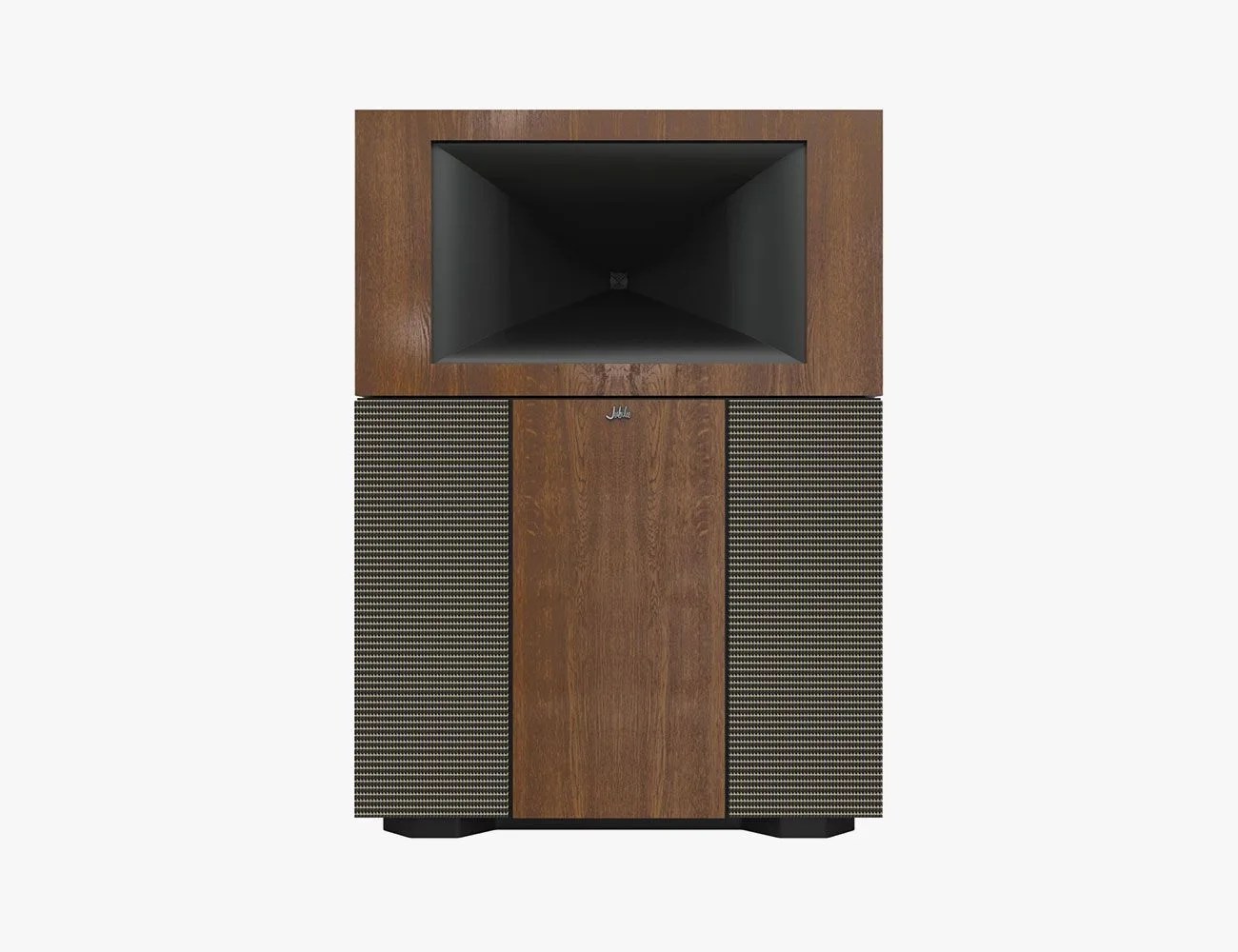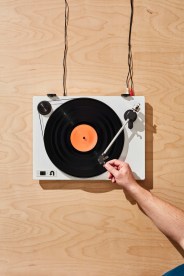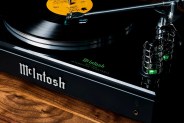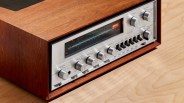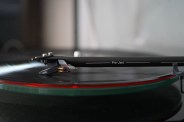Klipsch is one of the most revered American audio companies, with a history dating back to 1946, when Paul Klipsch introduced the first Klipschorn speaker. Since then, the company has grown enormously and expanded into the realms of home theater, headphones and wireless audio, but it has also stayed true to its roots. In 2024, the company is still handcrafting its beloved Heritage speaker line out of Hope, Arkansas.
“The Heritage [line] represents the blueprint because those speakers were specifically designed by Paul when he started the company,” says Roy Delgado, chief acoustic engineer, who has been with Klipsch for nearly four decades. It started with the Klipschorn in 1946, but in the following decades Klipsch added a number of other speakers to its Heritage line, including Heresy (’57), Cornwall (’59), La Scala (’63) and Forte (’85).
All these Heritage speakers have a signature look; they’re made out of high-quality hardwood, which gives them real old-school flair. They also have a signature sound. Thanks to the horn-loading designs that Paul Klipsch pioneered, the Heritage speakers deliver really lifelike audio.
“It makes it like a live experience — it really does,” Delgado says. “I remember when I interviewed for Klipsch and I was in a band and I could never get that sound, and then I heard the Klipschorn and the first thing that I told Paul was that it sounds live, it sounds like they are right here, and I had never heard a speaker like that.”
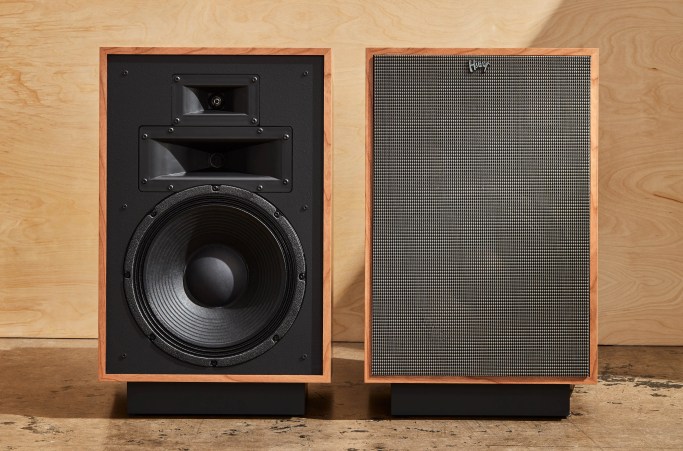
Paul Klipsch was a tinkerer who was always looking for ways to improve sound quality, Delgado recalls: “He was constantly updating crossovers for the speakers, then was making them available to people who had those speakers so that they could update their speakers.”
Through the years, Klipsch has refined its driver, cabinet and crossover designs and incorporated these modern updates into its latest generation Heritage speaker. (For example, the current Heresy IV has the same look and feel as the original Heresy, but improved acoustics.)

